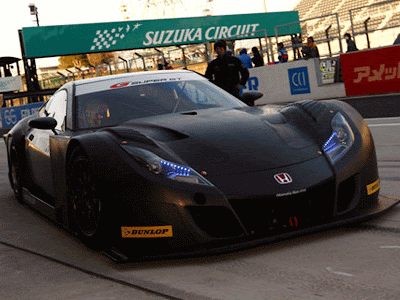FT-HS is a hybrid sports car designed at Toyota’s Calty design center in Newport Beach. The idea was to find out if it is feasible to combine ecology and emotion in a sports car; to make an eco-friendly car that is fun to drive. Why bother? Because Toyota thinks drivers of the future will be eco-conscious but won’t want to give up performance cars.




Details are sketchy, but FT-HS is a front-engine, rear-drive four-seater with a target of about 400 hp from a 3.5-liter V6 gasoline engine and next-generation hybrid technology. Toyota officials figure the car should be able to hit 60 mph in the 4.0-second range.
The car’s looks are bound to provoke some debate (they already have around our office), and indeed Toyota refers to it as “perfect imbalance.”
Calty director Kevin Hunter says the FT-HS expresses the “values of a design strategy that combines two key elements: J-Factor and vibrant clarity. J-Factor is the conceptual umbrella. It refers to the local and global acceptance of Japanese-inspired design and cultural sensibilities.
“Vibrant clarity, on the other hand, is the design language used to express the J-Factor, much in the same way that L-Finesse is the language of the Lexus division.”
Hunter says the car’s hard-edge corners will smooth airflow and reduce turbulence. The hood’s scalloped channel exposes the hybrid engine. The roof has a scooped-out section designed to reduce aerodynamic drag and provide more headroom. The front end’s lower intake provides additional cooling and airflow management. The underbody is fully covered to improve aerodynamic efficiency.
The interior is designed with a carbon fiber beam down the middle, separating the driver and passenger cockpits. All important functions are directly in front of the driver. The hubless steering wheel incorporates the semi-automatic transmission’s paddle shifters. The beam also provides chassis stiffness.
All that remains to be seen is whether Toyota will bring this vision of a future Supra to production reality, maybe around 2009 or 2010. And much of that likely will depend on how those water-cooler debates go.
© Source: article on autoweek











No comments:
Post a Comment